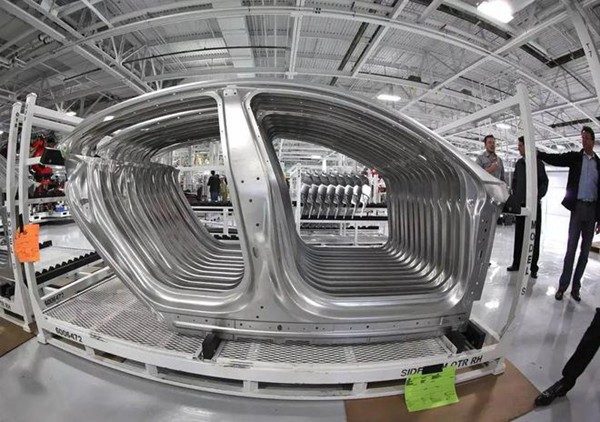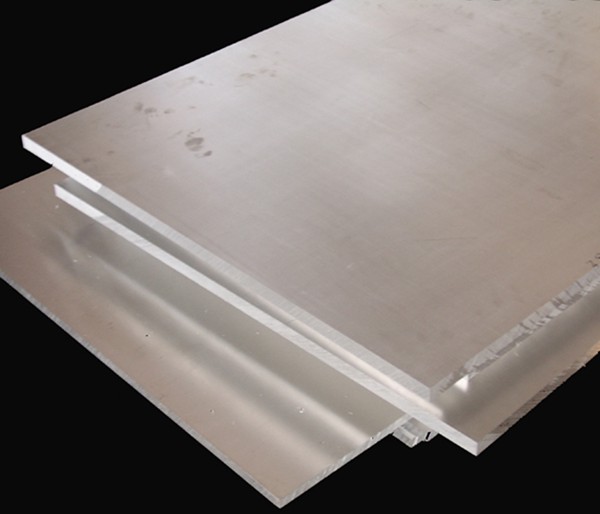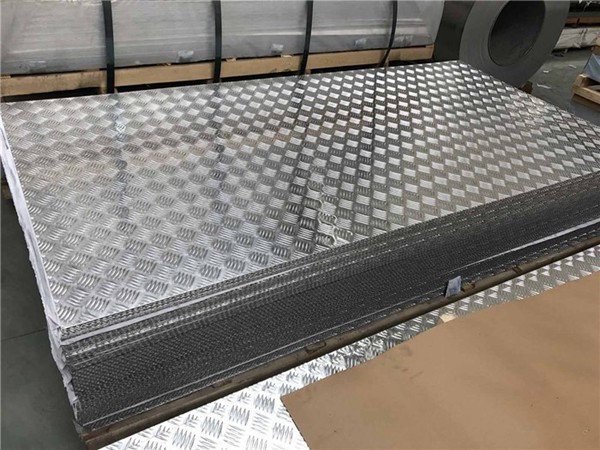Aluminum alloy is a highly versatile material that has revolutionized industries such as aerospace, automotive, and construction. The development of aluminum alloys has a rich history that spans over a century. In this article, we will explore the key developments in the history of aluminum alloy development.

The early 1900s saw the first commercial production of aluminum alloys. The first aluminum alloy was developed by Alfred Wilm in Germany in 1906. The alloy contained 4% copper and was used for the construction of airships. In the same year, an American metallurgist named Arthur E. Hunt developed an aluminum alloy that contained 5% copper and was used for the construction of the Wright Brothers’ airplane.
In the 1920s, the development of aluminum alloys gained momentum. The most significant development during this period was the discovery of the aluminum-magnesium alloy. The alloy was first developed by the German metallurgist Wilhelm Kroll in 1925. The alloy was lighter than pure aluminum and had better mechanical properties. It was used extensively in the aviation industry.
During World War II, the demand for aluminum alloys increased rapidly. Aluminum alloys were used extensively in the construction of military aircraft and vehicles. The United States government established the Aluminum Company of America (Alcoa) to meet the growing demand for aluminum alloys.

After the war, the development of aluminum alloys continued. The 1950s saw the development of the aluminum-manganese alloy. The alloy had excellent corrosion resistance and was used for marine applications. In the 1960s, the aluminum-silicon alloy was developed. The alloy had excellent casting properties and was used for automotive applications.
The 1980s saw the development of the aluminum-lithium alloy. The alloy was developed by NASA for use in the construction of space shuttles. The alloy was lighter than other aluminum alloys and had excellent strength and stiffness.
In recent years, the development of aluminum alloys has focused on improving their mechanical properties and reducing their weight. The use of nanotechnology has enabled the development of aluminum alloys with improved mechanical properties. The use of new alloying elements such as scandium and zirconium has also led to the development of high-strength aluminum alloys.

Aluminum foil, Aluminium sheet, and Aluminium Checker Plate are all examples of aluminum products that have played an important role in the development of the aluminum industry.
In conclusion, the history of aluminum alloy development is a fascinating one. From the first commercial production of aluminum alloys in the early 1900s to the development of high-strength aluminum alloys in recent years, aluminum alloys have come a long way. The development of aluminum alloys has revolutionized industries such as aerospace, automotive, and construction and will continue to do so in the future.
